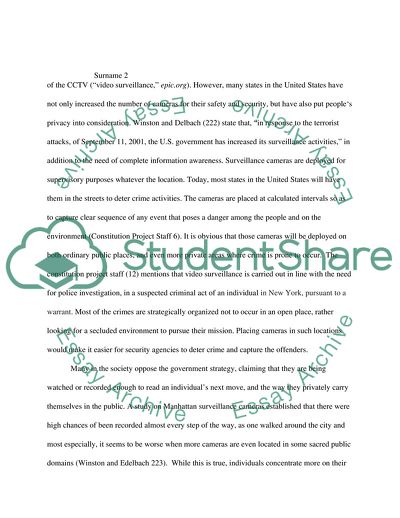Cite this document
(Video Surveillance Cameras versus Personal Privacy Term Paper - 1, n.d.)
Video Surveillance Cameras versus Personal Privacy Term Paper - 1. https://studentshare.org/social-science/1789025-video-surveillance-cameras-vs-personal-privacy
Video Surveillance Cameras versus Personal Privacy Term Paper - 1. https://studentshare.org/social-science/1789025-video-surveillance-cameras-vs-personal-privacy
(Video Surveillance Cameras Versus Personal Privacy Term Paper - 1)
Video Surveillance Cameras Versus Personal Privacy Term Paper - 1. https://studentshare.org/social-science/1789025-video-surveillance-cameras-vs-personal-privacy.
Video Surveillance Cameras Versus Personal Privacy Term Paper - 1. https://studentshare.org/social-science/1789025-video-surveillance-cameras-vs-personal-privacy.
“Video Surveillance Cameras Versus Personal Privacy Term Paper - 1”. https://studentshare.org/social-science/1789025-video-surveillance-cameras-vs-personal-privacy.


